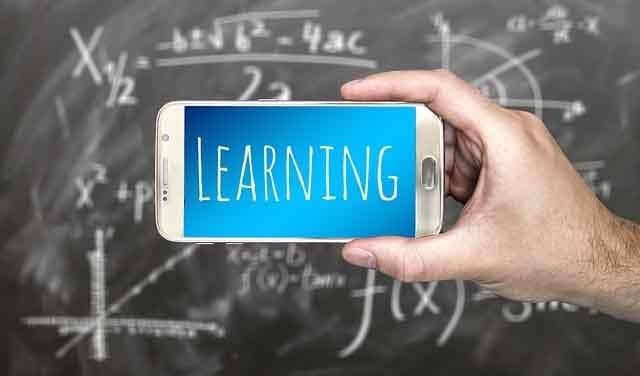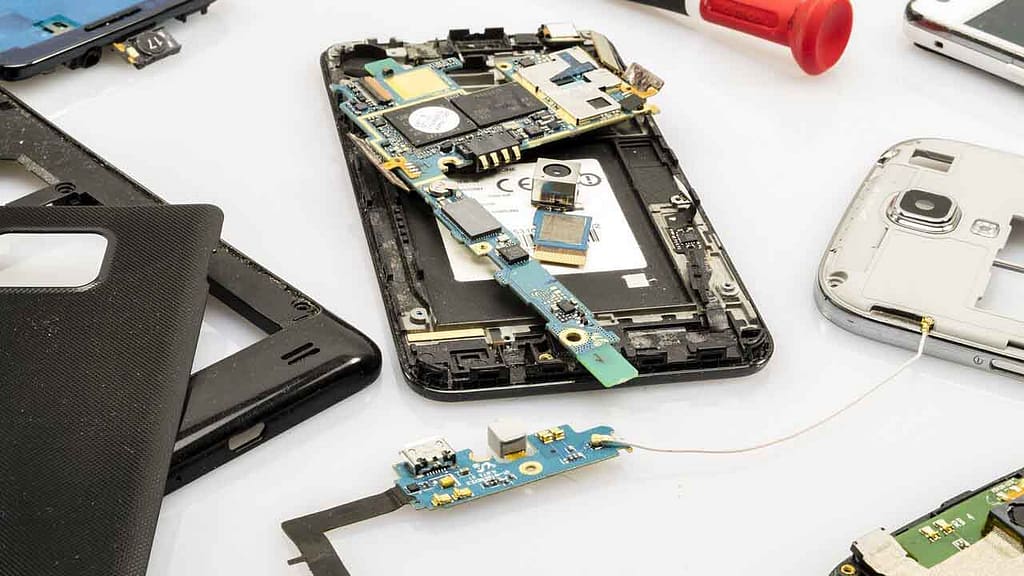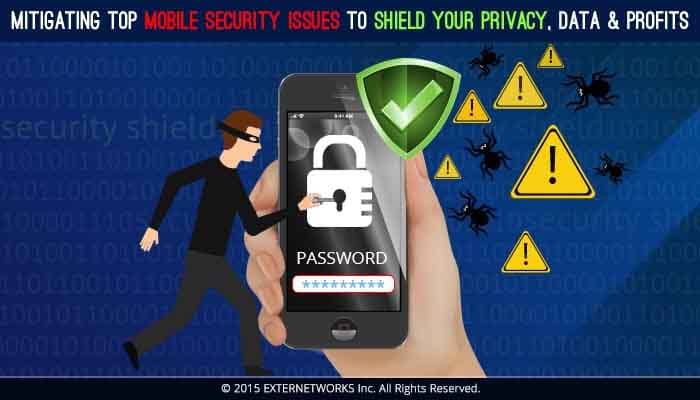Breaking Barriers: Mobile Devices Empowering Education and Learning
Introduction
In today’s digital era, mobile devices have become an integral part of our daily lives. From communication and entertainment to productivity and learning, these devices have revolutionized various aspects of society. One significant area where mobile devices have made a tremendous impact is education. The accessibility, versatility, and interactive features of mobile devices have broken barriers and empowered education and learning in unprecedented ways. In this article, we will explore the transformative role of mobile devices in education and how they are shaping the future of learning.
The Rise of Mobile Devices in Education
Embracing Mobility in Learning (H2)
Mobile devices, such as smartphones and tablets, have gained immense popularity due to their portability and convenience. Their compact size and wireless connectivity have allowed students and educators to access information and educational resources from anywhere at any time. The flexibility offered by mobile devices has transformed traditional learning environments, enabling a shift towards mobile learning or m-learning.
Advantages of Mobile Learning
Mobile learning offers numerous advantages that enhance the educational experience. Firstly, it provides instant access to a vast amount of educational content, including e-books, videos, and interactive applications. Students can explore subjects beyond the limitations of textbooks, making learning more engaging and immersive. Additionally, mobile devices facilitate personalized learning experiences tailored to individual student needs, promoting self-paced learning and adaptability.
Bridging the Digital Divide
One of the significant challenges in education is bridging the digital divide, ensuring equal access to educational resources for all students. Mobile devices have played a crucial role in narrowing this gap. With the increasing affordability and availability of smartphones, even in economically disadvantaged areas, students now have the opportunity to access educational materials that were previously inaccessible to them. Mobile devices have become a catalyst for inclusivity, empowering students from diverse backgrounds to pursue quality education.

Enhancing Classroom Interactivity and Engagement
Interactive Learning Applications
Mobile devices offer a wide range of educational applications specifically designed to enhance classroom interactivity and engagement. These applications utilize gamification techniques, quizzes, and interactive simulations to make learning more interactive and enjoyable. Students can actively participate in the learning process, reinforcing their understanding of concepts through practical application.
Collaboration and Communication
Mobile devices facilitate seamless collaboration and communication among students and teachers. Educational platforms and messaging apps enable students to connect with their peers and instructors, fostering an environment of knowledge sharing and teamwork. Discussions, group projects, and virtual classrooms can take place regardless of physical distance, promoting global connectivity and cultural exchange.
Empowering Self-Directed Learning
Access to Online Courses and Resources
Mobile devices have opened up a world of online courses and resources, empowering self-directed learning. Students can enroll in online courses offered by renowned universities and access educational platforms that provide interactive lessons and assessments. The flexibility of mobile learning allows individuals to pursue education at their own pace and convenience, breaking barriers of time and location.
Skill Development and Lifelong Learning
With mobile devices, learning is not limited to classrooms or formal education. Various apps and platforms offer skill development courses and tutorials, enabling individuals to acquire new skills or enhance existing ones. Mobile devices have fostered a culture of lifelong learning, where continuous education and personal growth are encouraged beyond traditional educational institutions.
Conclusion
Mobile devices have revolutionized education by breaking barriers and empowering learners of all ages. The accessibility, interactivity, and versatility of these devices have transformed the way we learn, making education more inclusive, engaging, and personalized.




